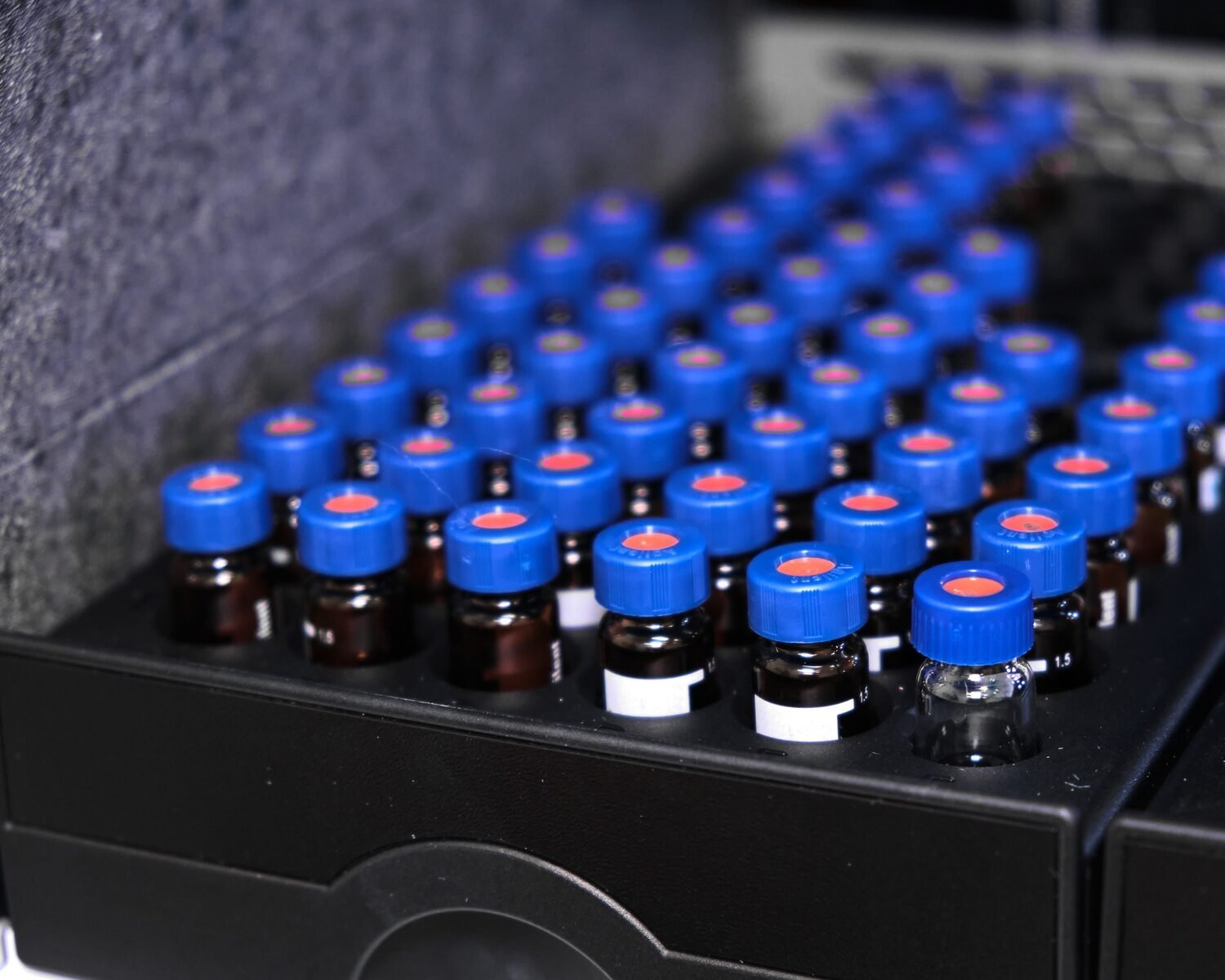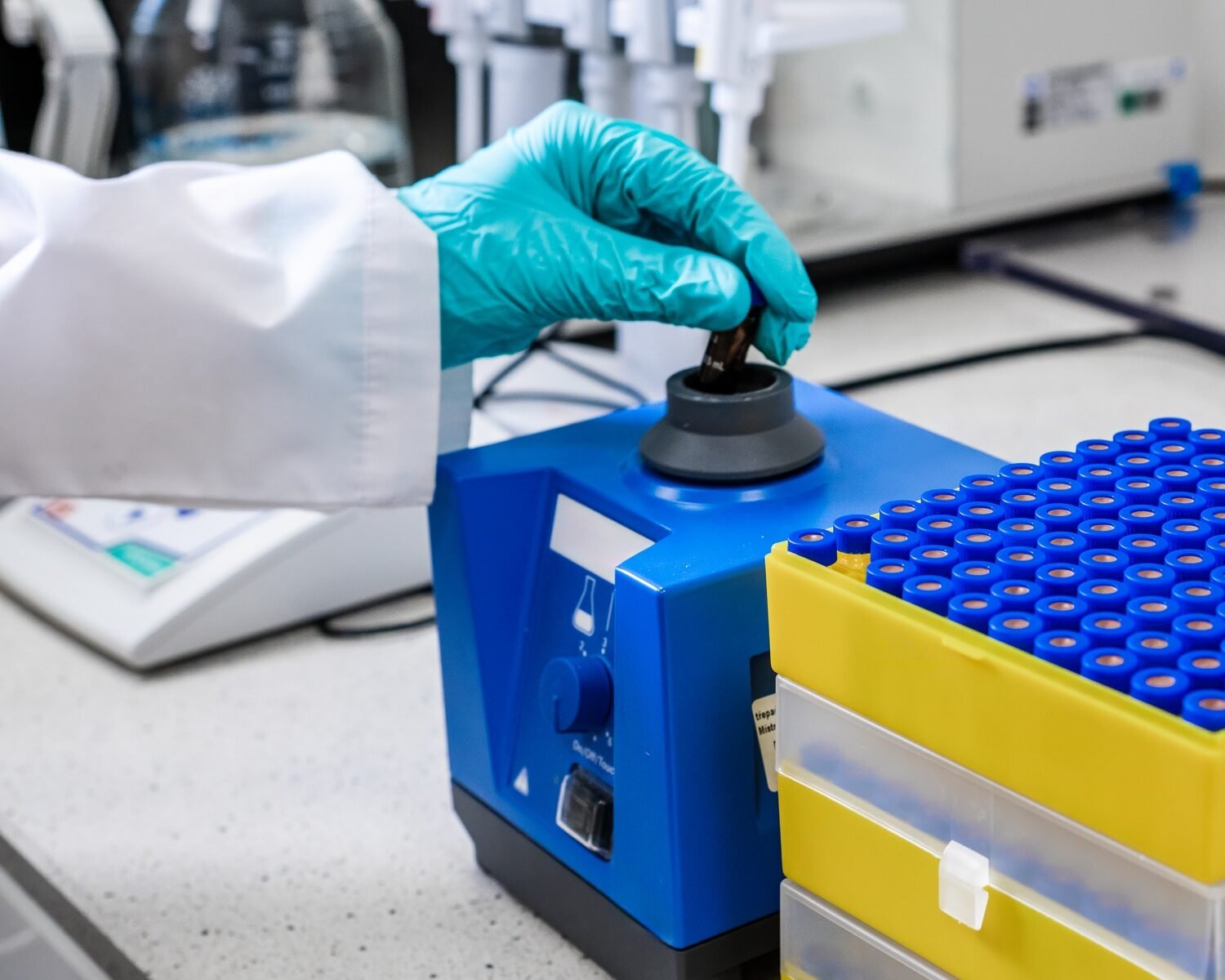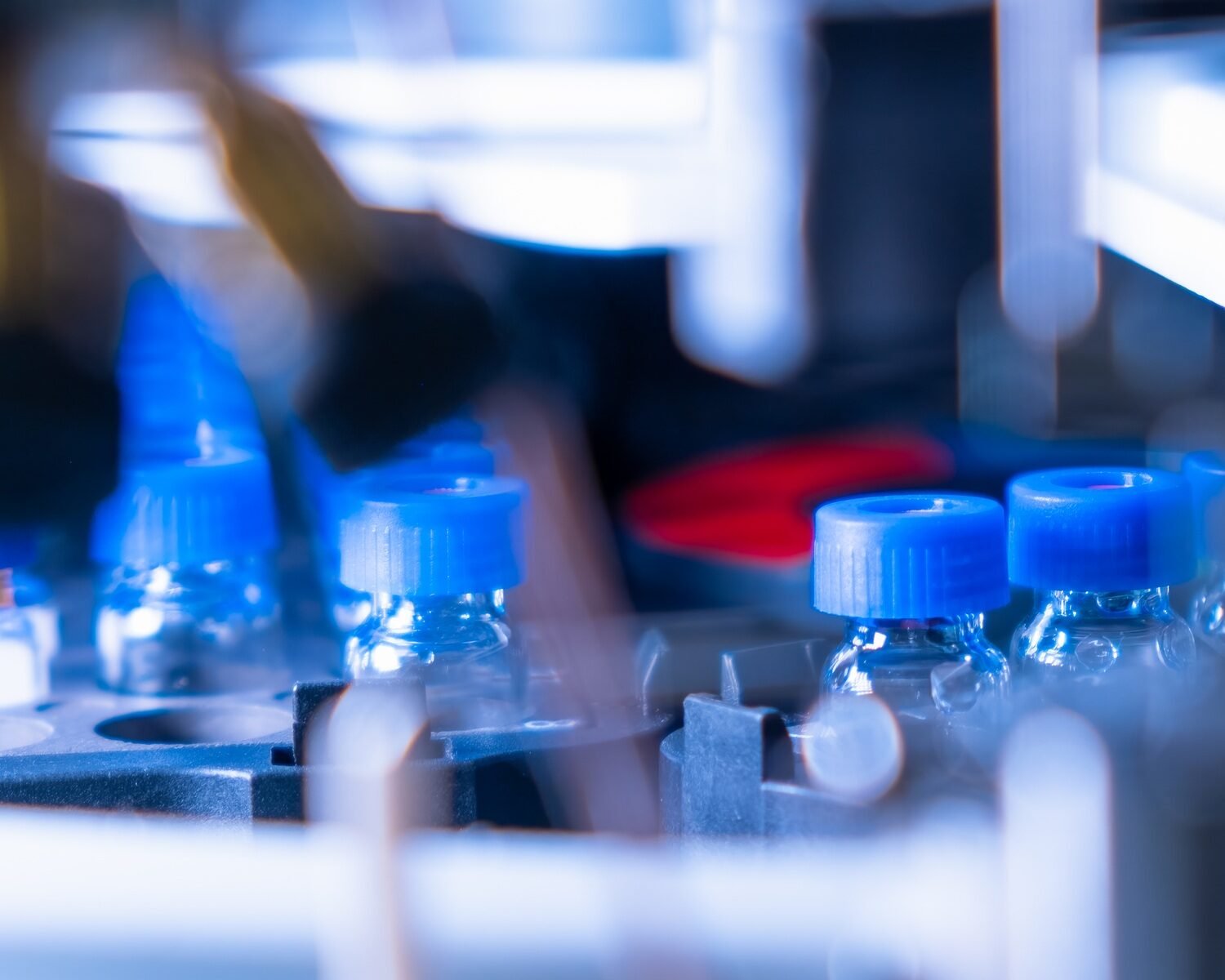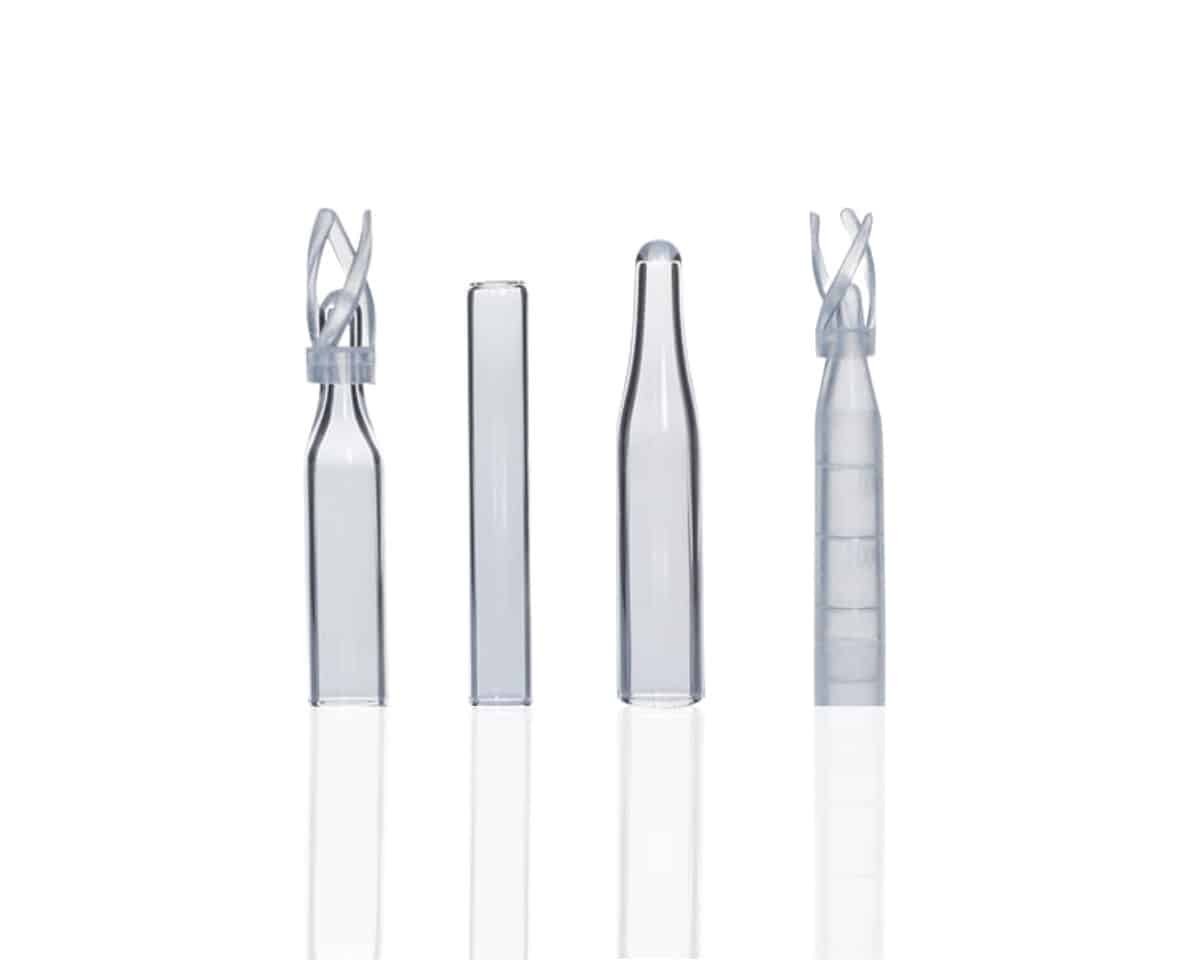
Perfect Your HPLC Crimping: Stop Leaks and Contamination Now
Introduction If you’ve ever dealt with HPLC vial leaks or sample contamination, you know how frustrating it can be to troubleshoot. One often overlooked factor that can make or break your results is proper vial crimping. Even the best analytical methods and instruments can’t compensate for a poorly crimped vial,








